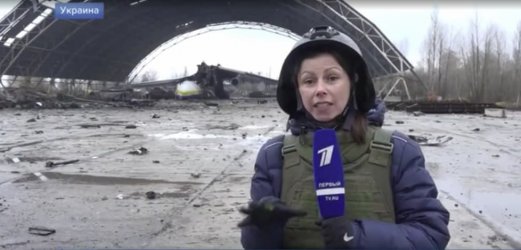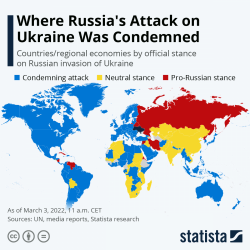drron
Veteran Member
- Joined
- Jul 4, 2002
- Posts
- 37,368
Not at all. If they blew up the reactors you would spread the nuclear fuel around but that is not the nasty stuff. U235 has a half life of 700 million years. That is it releases half of it's radioactivity in 700 million years. not rearly dangerous. It is the common isotope in fuel rods. U 233 is also commonly in fuel rods and has a half life of 160000 years.Unless, of course, someone wants to sabotage the plant to cause considerable "collateral" damage to infrastructure. While the reactors may no longer be operating, I expect there is a considerable amount of "nasty" stuff around the plant that needs to remain contained.
As fuels are used polonium is also produced and some fuel rods are made with the polonium produced by previoius fuel rod use.. The isotopes produced are Pu 239,240 and 241.
Pu 239 half life 24100 years
Pu 240 6500 years.
Pu 241 is the most dangerous with a half life of 13 years.
Yet plutonium soil levels around Fukishima are the same levels as soils around the rest of Japan which is due to global fallout due to nuclear tests. This is even though reactor 3 at Fukishima was using plutonium enhancement in it's fuel rods.

























